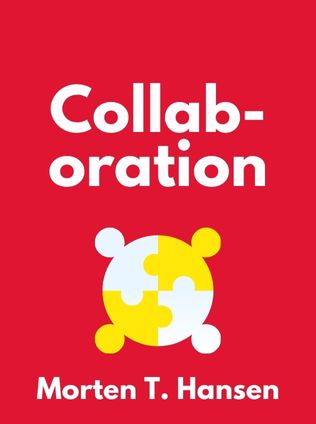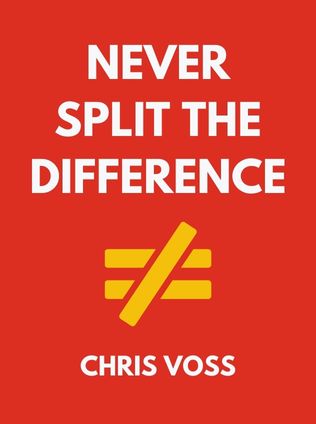
Collaboration
How Leaders Avoid the Traps, Create Unity, and Reap Big Results
By Morten T. Hansen
Published 04/2009
About the Author
Morten T. Hansen is a renowned expert in the field of collaboration and management. With a Ph.D. from Stanford University, Hansen's journey into the world of collaboration began at Harvard Business School, where he taught and conducted extensive research on the subject. Currently, he imparts his knowledge as a management professor at the University of California and the international graduate business school INSEAD. Hansen's work is widely published, including in the Harvard Business Review and the Sloan Management Review.
“For the past 15 years, Hansen has compiled a compendium of valuable information on the power of working together.”
Main Idea
In "Collaboration: How Leaders Avoid the Traps, Create Unity, and Reap Big Results," Morten T. Hansen delves into the complexities of building effective teamwork within organizations. He argues that while collaboration can yield significant benefits, poorly managed collaboration can be more detrimental than no collaboration at all. Hansen presents a model of "disciplined collaboration" that balances autonomy with coordinated efforts, providing a roadmap for leaders to foster a collaborative culture that drives innovation and success.
Table of Contents
- Introduction
- Decentralization and Collaboration
- Disciplined Collaboration
- Barriers to Collaboration
- Solutions for Collaboration
- Case Studies and Examples
- Conclusion
Decentralization and Collaboration
Hansen highlights the growing trend of decentralization in modern organizations, where employees are given more autonomy to control their work. He acknowledges the benefits of decentralization, such as increased flexibility and innovation. However, he cautions that without proper coordination, decentralization can lead to fragmented efforts and missed opportunities for synergy. Hansen advocates for "disciplined collaboration," where autonomy is balanced with coordinated efforts to achieve collective goals.
For example, Procter & Gamble (P&G) has successfully implemented this balance through its "communities of practice." These voluntary groups consist of employees from different divisions who collaborate to solve problems and share ideas. P&G's intranet feature "Ask Me" further facilitates communication across these groups, fostering a culture of collaboration that drives innovation.
Sign up for FREE and get access to 1,400+ books summaries.
You May Also Like
How To Win Friends and Influence People
The All-Time Classic Manual Of People Skills
By Dale CarnegieQuiet: The Power of Introverts
The Power of Introverts in a World That Can't Stop Talking
By Susan CainThe Lean Startup
How Today's Entrepreneurs Use Continuous Innovation to Create Radically Successful Businesses
By Eric RiesWho Moved My Cheese?
An Amazing Way to Deal with Change in Your Work and in Your Life
By Spencer Johnson, M.D.Make Your Bed
Little Things That Can Change Your Life...And Maybe the World
By William H. McRaven



















